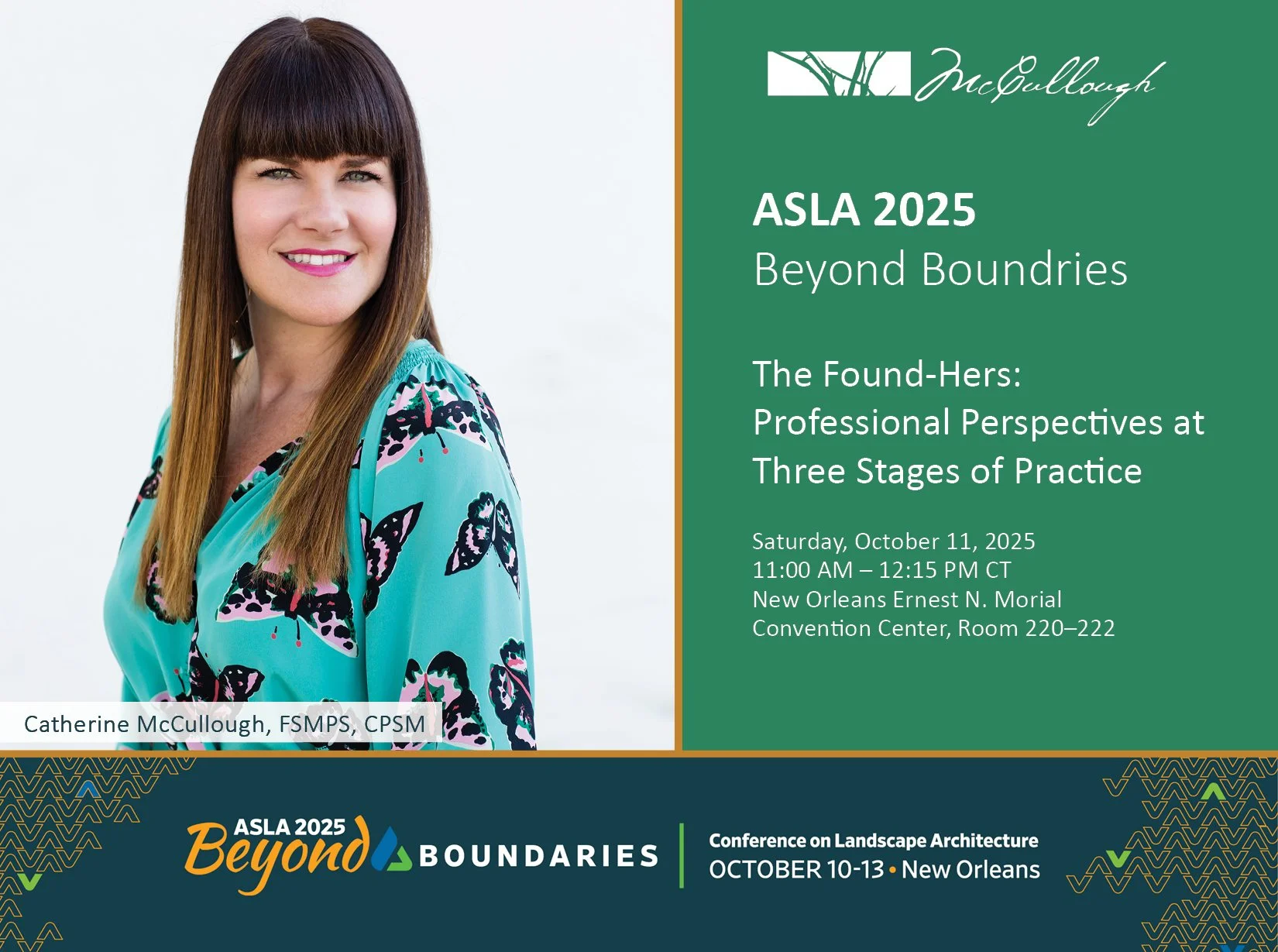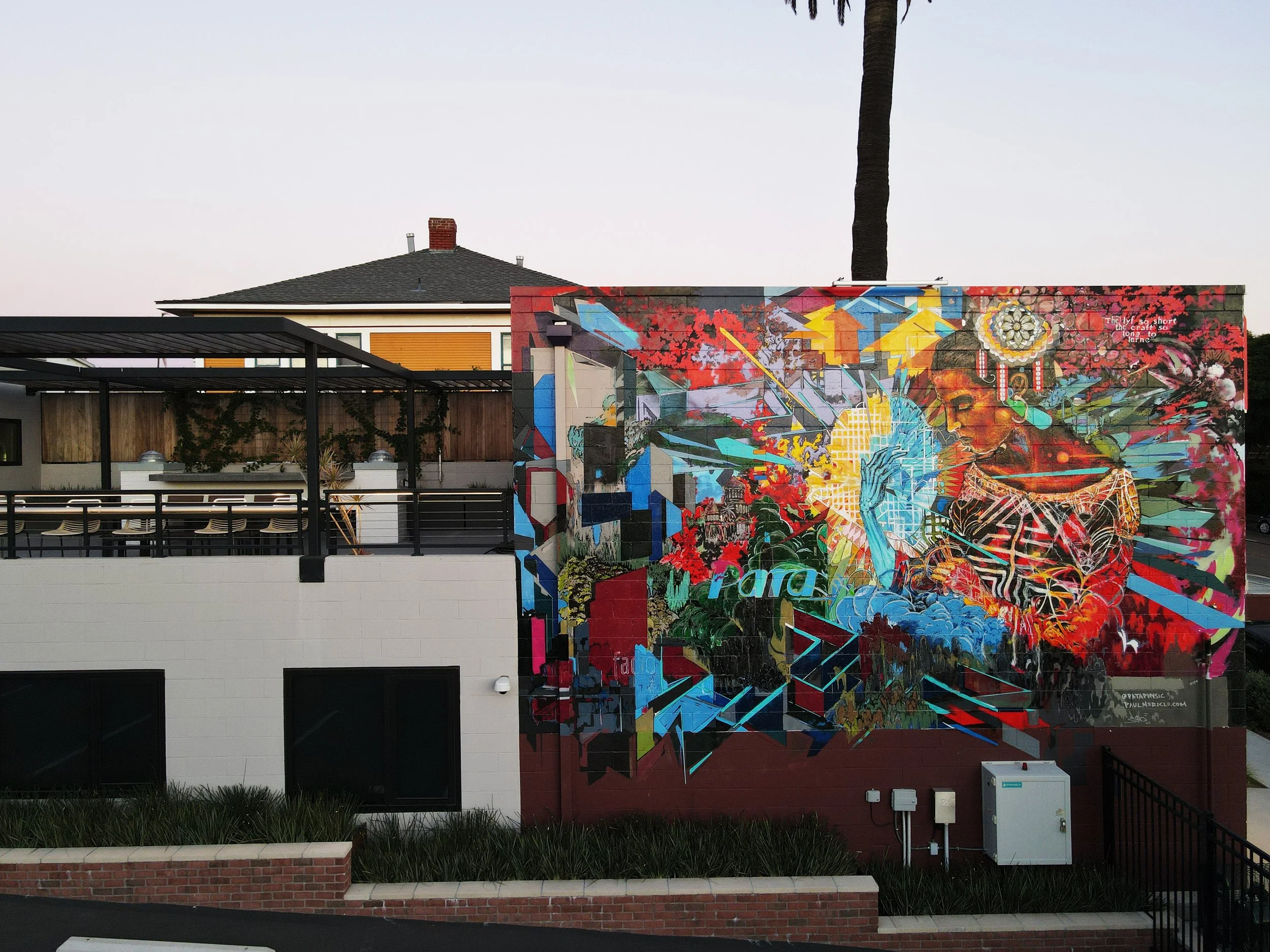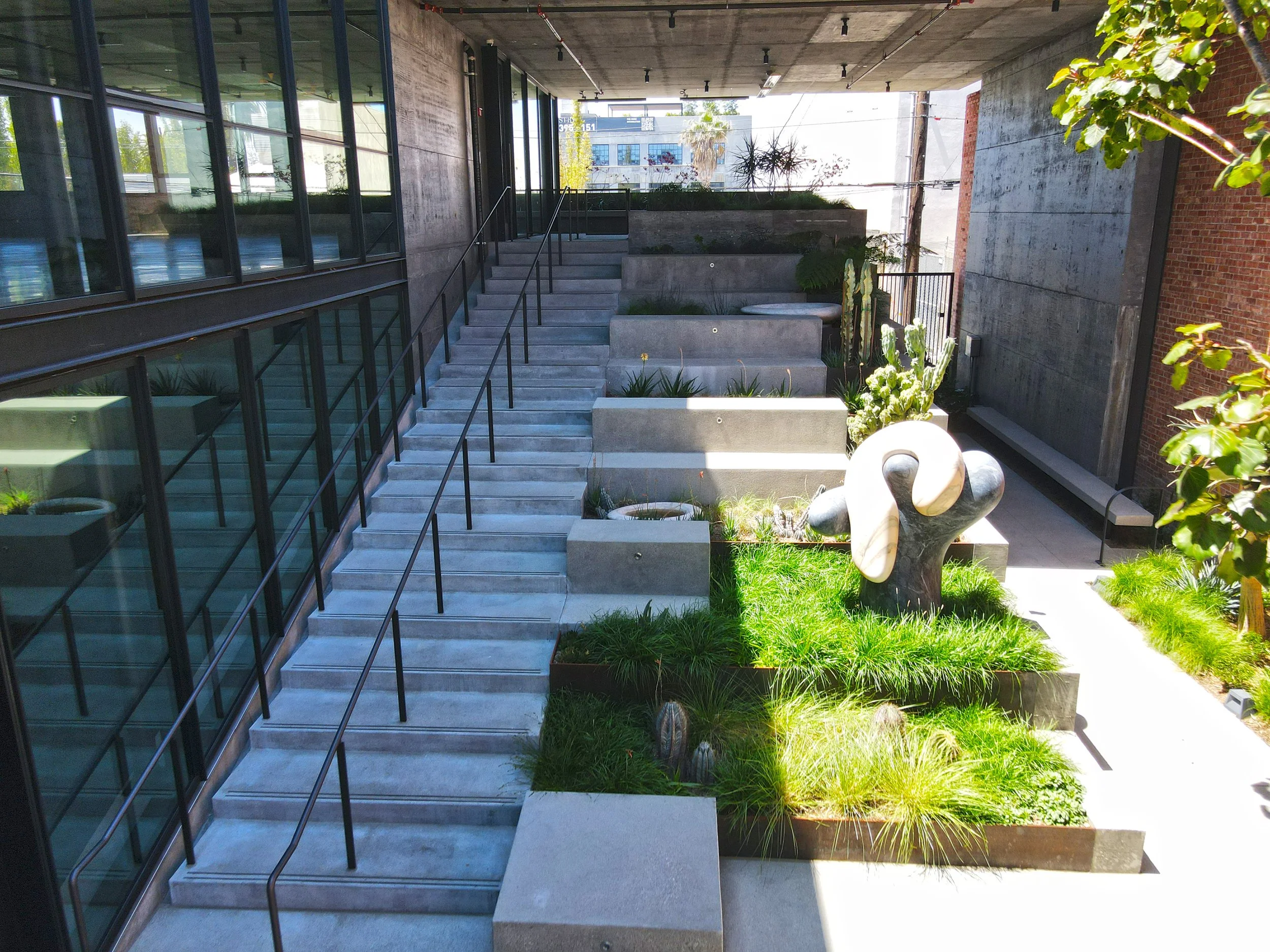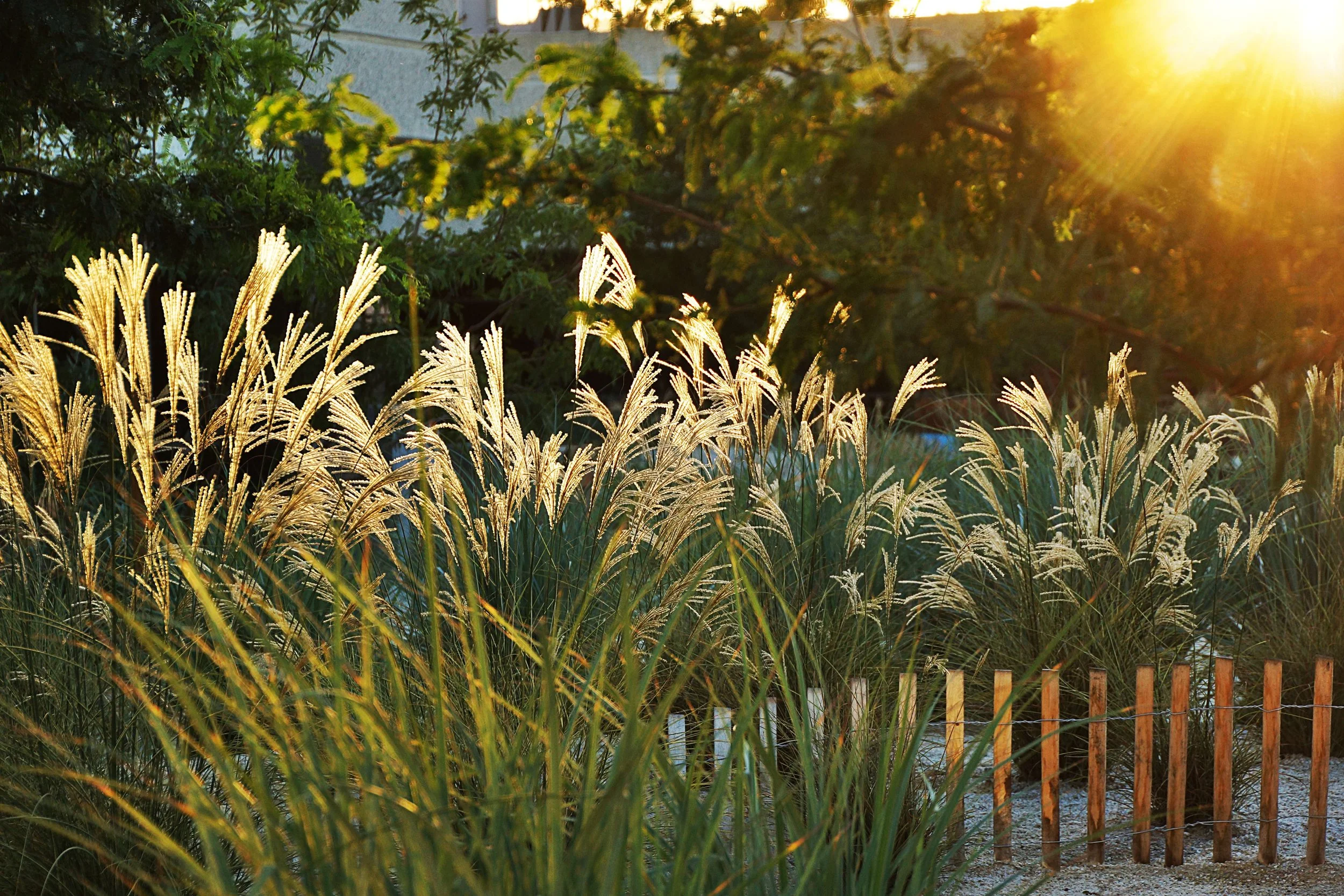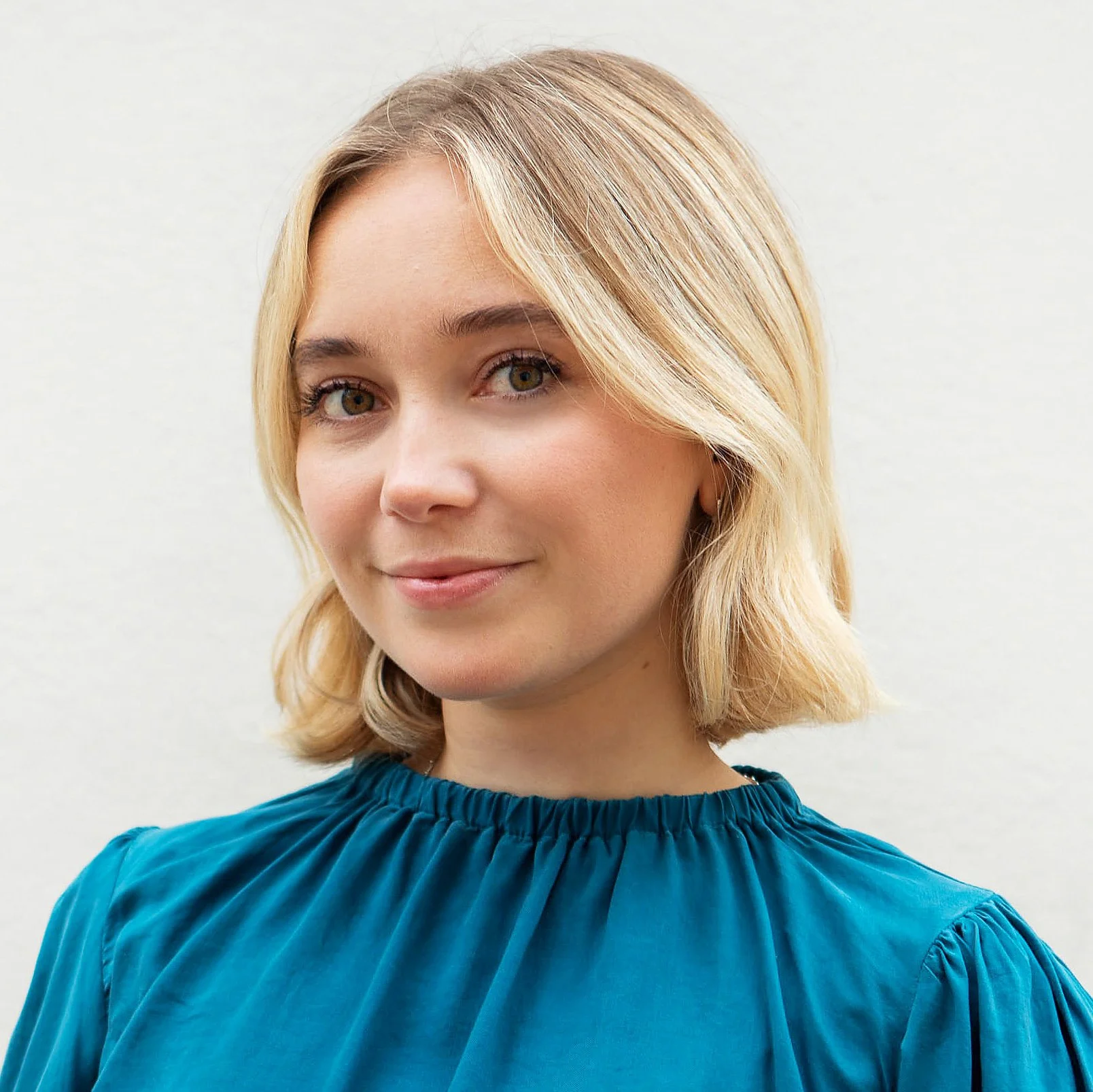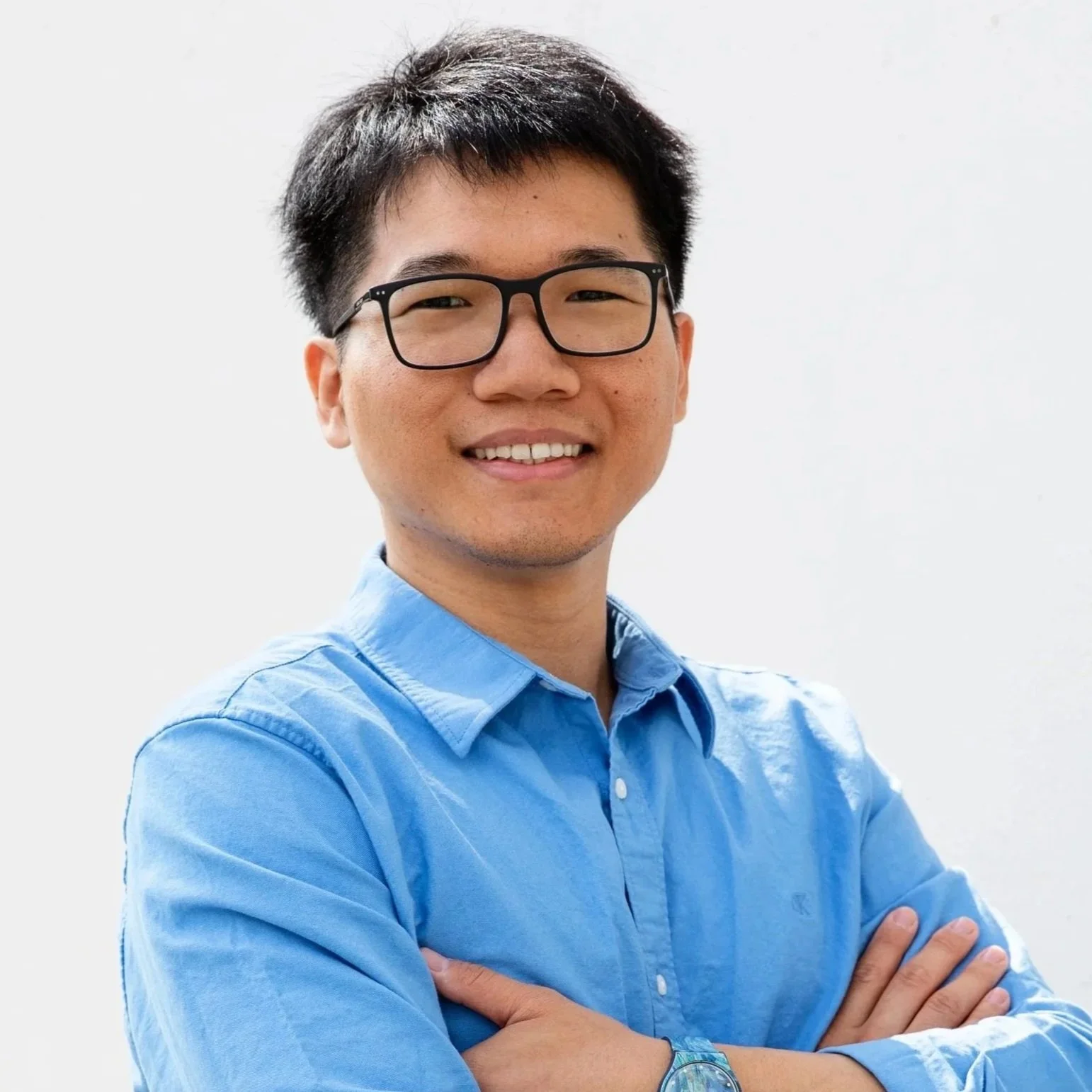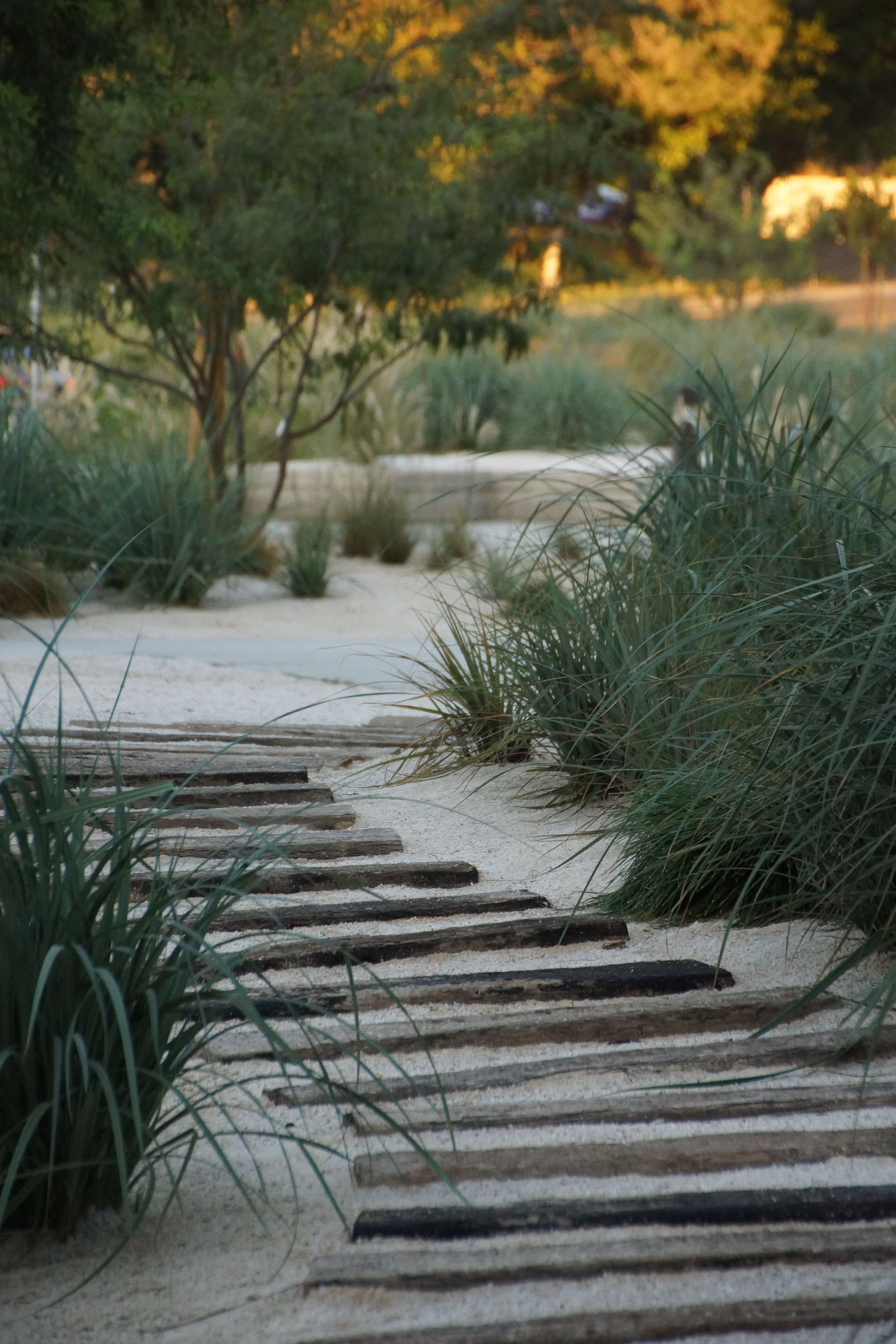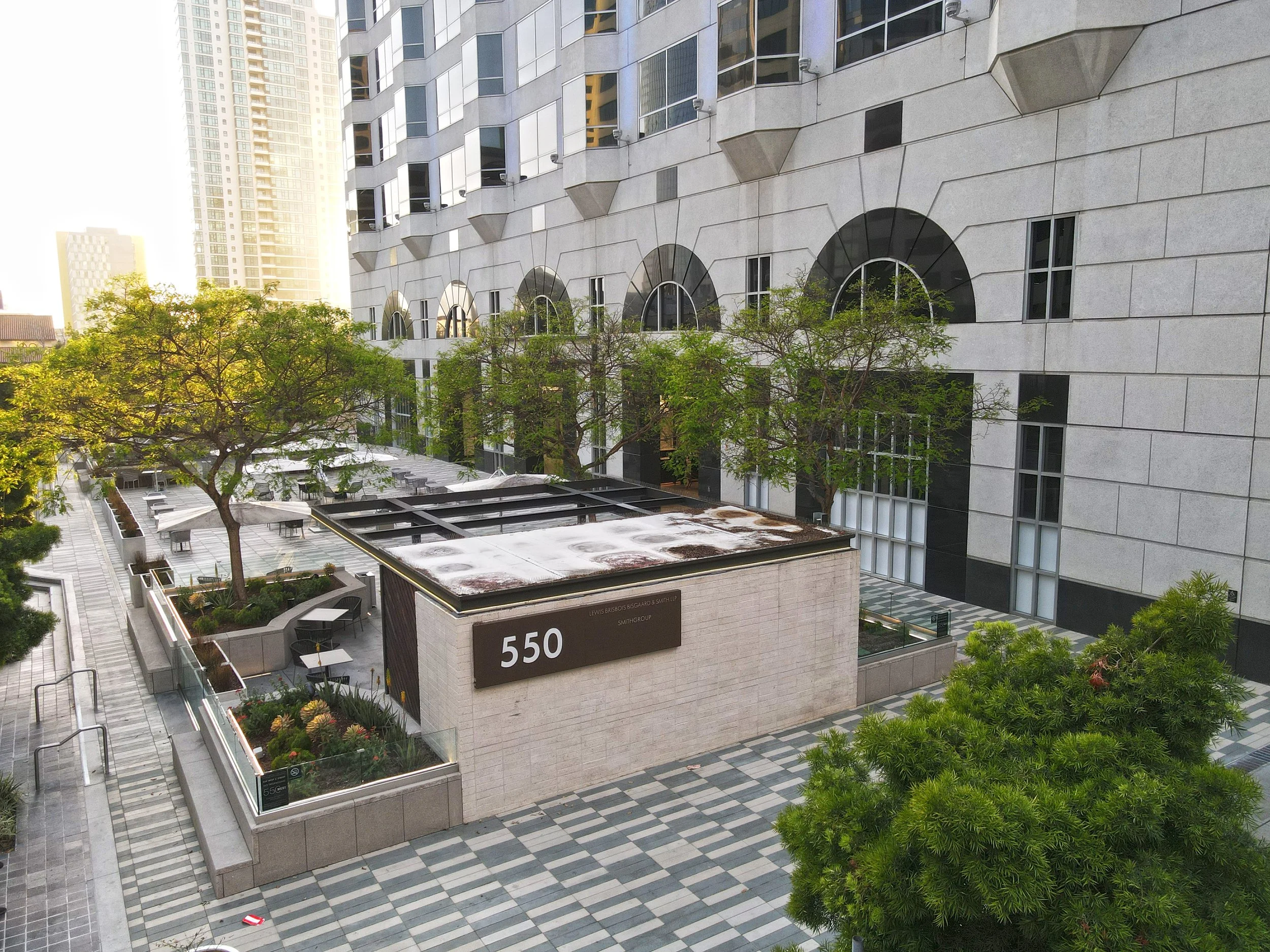Kira: “We try to select vendors and products that reflect sustainable practices. For example, we’ve worked with a number of vendors that use recycled plastics in furniture or play structures. We try our best to avoid slow-growing tropical hardwoods that contribute to deforestation, and instead will consider thermally modified wood that’s durable and sourced responsibly or even repurposed lumber as decking from companies like Angel City Lumber or San Diego Urban Timber. There are many layers to a design, and every choice, from concept design to construction, can be an opportunity to make the project more sustainable.”
Tianchi: “Yes, and sometimes the simplest interventions are the most sustainable. Enhancing what’s already there, rather than demolishing everything, reduces emissions and increase resource use. Sustainability can be embedded in every layer of the design, from big concepts to small details.”
Q: What future trends do you see in sustainable landscape architecture for urban environments, specifically Los Angeles?
Tianchi: “One trend, that is happening right now in the educational marketing sector, is engaging the users of a space, like students on a campus, to inform design. For example, shade trees and flexible green spaces are increasingly prioritized because people actually want and use them. Besides, educational projects in several school disctricts are becoming more open to alternative materials, giving designers more freedom to create greener spaces.”
Kira: “I see a shift toward circular design that prioritizes recycling and repurposing of existing materials. Future generations are likely to gravitate towards adaptive reuse over starting from scratch as much as possible. The largest obstacle is the upfront cost, but the long-term environmental benefits are something that I believe future generations will place value on. I predict we are going to start seeing some groundbreaking creativity within the circular economy space in the next 15-20 years.”
Future-Proof Your Landscape
Involve community or users in design decisions.
Prioritize adaptive reuse over demolition.
Choose durable, recyclable materials for long-term sustainability.
Q: Why are you passionate about sustainability?
Tianchi: “I’ve loved the idea of landscape and planning since my first year of undergrad. Designing landscapes is a way to make the world happier and more beautiful. Sustainability lets me extend that impact — creating spaces that endure, thrive, and delight people while respecting natural resources.”
Kira: “For me, sustainability isn’t just about meeting codes or requirements. I personally find meaning in the act of working with what’s there - realizing the value of what already exists, repurposing materials, and minimizing waste. I believe the most sustainable practice is extending the life of materials and spaces through reuse and adaptation, rather than constant demolition and new construction.
At McCullough, sustainable design is a blend of creativity, practicality, and care. Thanks to Kira and Tianchi, and our whole team, our landscapes not only survive, but thrive, delighting the people who use them and respecting the planet we all share.



